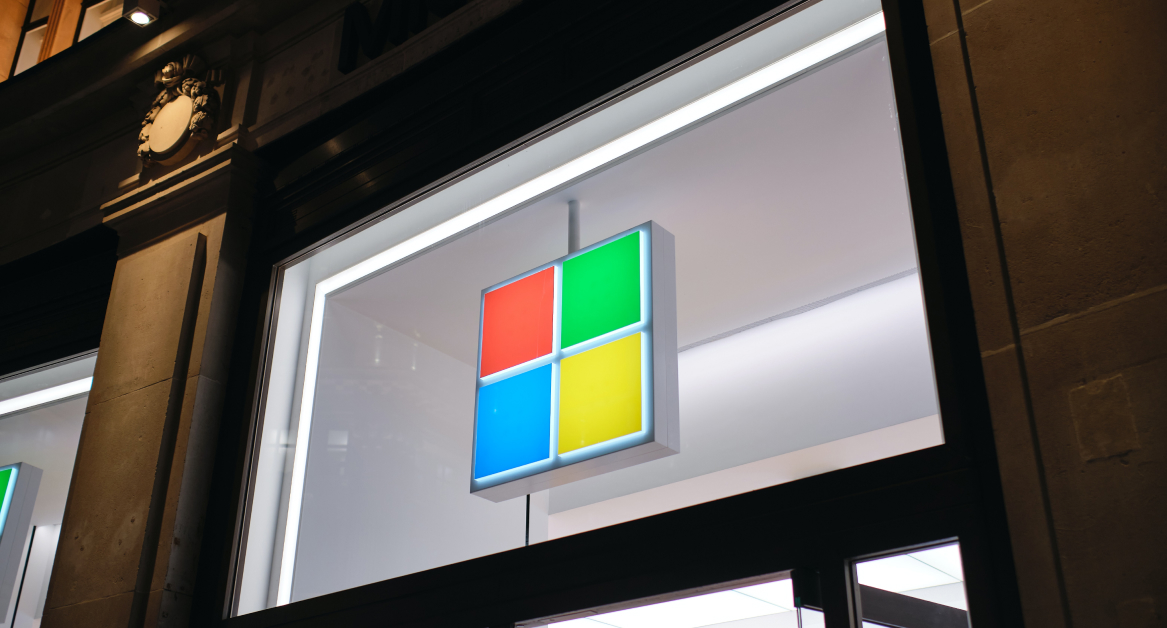So, you’re wondering if an IT Asset Manager is a must-have in your team? Absolutely!
These professionals are at the heart of managing a company’s IT asset lifecycle including sourcing, usage optimization, maintaining, and aligning IT resources with business objectives.
This blog post will explore what it takes to be an IT Asset Manager, examining their key responsibilities, necessary skills, and how they can thrive in this dynamic role.
The role of an IT Asset Manager
An IT Asset Manager is crucial in overseeing a company’s technology assets. This responsibility spans hardware and software, ensuring that every piece of technology is accounted for, optimally utilized, and aligned with the company’s objectives. At its core, IT asset management involves tracking and managing the lifecycle of every IT asset, from keyboards and laptops to complex software licenses and cloud services.

The role extends beyond mere inventory management. IT Asset Managers are strategic planners. They ensure assets are acquired cost-effectively, maintained properly, and disposed of securely. They’re also responsible for maintaining an accurate asset inventory, a task that’s crucial in avoiding unnecessary expenditure on redundant or underutilized assets.
On the other hand, IT Asset Managers play a key role in compliance and risk management. They ensure that software licenses are up to date and in compliance with legal standards, mitigating risks associated with software audits. Their oversight is vital in avoiding fines and legal complications stemming from non-compliance.
Core responsibilities of an IT Asset Manager
The core responsibilities of an IT Asset Manager are varied and encompass several crucial aspects of a company’s IT operations:
Asset inventory management
One of the primary duties is to keep an accurate and up-to-date inventory of all IT assets. This includes tracking hardware like computers and peripherals, as well as software licenses. Effective asset inventory management helps in preventing overspending on unnecessary items and ensures that all resources are fully utilized.
Lifecycle management
IT Asset Managers oversee the entire lifecycle of IT assets, from purchasing and deploying to maintaining and eventually retiring them. This process involves planning for upgrades and replacements, ensuring that the company’s IT infrastructure remains modern and efficient.
Vendor management
These professionals often deal with vendors for purchasing hardware and software. This role involves negotiating contracts, managing relationships, and ensuring that vendors meet their service level agreements (SLAs).
Compliance and risk management
Ensuring compliance with software licenses and managing risks associated with IT assets is another key responsibility. IT Asset Managers must stay updated on legal requirements and ensure the company adheres to them, thus avoiding legal issues and potential fines.
Support and service management
They often oversee the IT service desk, managing the resolution of issues and ensuring that employees have the necessary support for their IT needs. This includes coordinating with IT support teams to resolve hardware and software issues promptly.
Budgeting and forecasting
IT Asset Managers are responsible for budgeting for IT assets, which includes forecasting future needs and ensuring that expenditures stay within the allocated budget.
Policy development and enforcement
Developing policies for the use and management of IT assets and ensuring that these policies are followed within the organization is another critical area of responsibility.
Data security and cybersecurity
With the growing importance of data security, these managers play a vital role in implementing cybersecurity measures. This includes managing firewalls, antivirus software, and other security protocols to protect company data.
Skills and qualifications
To effectively manage these responsibilities, an IT Asset Manager must possess a mix of technical, managerial, and interpersonal skills:
- Technical expertise: A strong understanding of IT infrastructure, including hardware, software, and networks, is fundamental.
- Analytical Skills: The ability to analyze and interpret data is crucial for making informed decisions.
- Communication skills: Clear communication is essential, both for interacting with team members and for negotiating with vendors. The ability to explain technical concepts in simple terms is also important.
- Organizational skills: IT Asset Managers must be adept at organizing and prioritizing tasks, as they often handle multiple responsibilities simultaneously.
- Problem-solving skills: The ability to quickly identify problems and come up with effective solutions is key, especially when dealing with IT issues that can hinder company operations.
- Budgeting and financial skills: Understanding and managing the budget for IT assets, including cost-benefit analysis, is essential.
- Project management skills: Managing IT projects, from implementation to completion, requires strong project management skills.
- Compliance and legal knowledge: Knowledge of legal requirements related to software licensing and IT compliance is necessary to avoid legal issues.
- Education and certification: A bachelor’s degree in computer science, information technology, or a related field is often required. Certifications in IT asset management, project management, or related areas can be advantageous.
Best practices for successful IT Asset Managers
For IT Asset Managers to excel, certain best practices are essential. These guidelines not only ensure efficient management of IT assets but also contribute to the overall success of the IT department and the company.
Embrace technology and automation
- Leverage automation tools: Automating routine tasks like asset tracking, inventory updates, and software license renewals can significantly improve efficiency. Utilizing tools for IT asset tracking and management can reduce errors and free up time for more strategic tasks.
- Stay updated with technology trends: Keeping abreast of the latest technology trends is crucial. This knowledge can guide decision-making, especially when investing in new technologies or upgrading existing ones.
Implement a proactive asset management strategy
- Regular asset audits: Conduct regular audits to ensure the accuracy of the asset inventory. This helps in identifying misplaced, underutilized, or obsolete assets.
- Proactive lifecycle management: Anticipate the need for upgrades or replacements before assets become obsolete. This proactive approach prevents downtime and ensures continuous productivity.
Foster strong vendor relationships
- Effective vendor management: Building strong relationships with vendors can lead to better deals, reliable service, and favorable terms. Good vendor relations are essential for negotiating contracts that align with the company’s interests.
Prioritize compliance and security
- Ensure compliance: Stay vigilant about software license compliance and other regulatory requirements. Non-compliance can result in legal issues and financial penalties.
- Focus on security: Implement robust security measures to protect IT assets, especially given the increasing threats in the digital space. This includes regular software updates, implementing strong cybersecurity protocols, and educating employees about security best practices.
Develop a collaborative working environment
- Collaboration with other departments: IT Asset Managers should work closely with other departments, such as finance and operations, to align IT asset management with broader business objectives.
- Employee training and support: Provide training to employees on the proper use of IT assets. A well-informed workforce can reduce the incidence of IT issues and improve overall efficiency.
Continuously evaluate and improve processes
- Regular process review: Regularly assess and refine asset management processes. This continuous improvement mindset ensures that the IT asset management strategy remains effective and responsive to changing business needs.
Empowering your IT asset management career with Esevel
As an IT Asset Manager, your expertise in managing and aligning IT assets with business objectives is more important than ever. Therefore, the adoption of robust tools like Esevel into your daily IT strategy can be a game changer.
Esevel, with our comprehensive features made to manage and support remote teams’ IT needs, offers an excellent platform to enhance your asset management capabilities. We give IT asset managers a birds-eye view into all IT assets in use at your company so managing and optimizing is a breeze.

From procurement to disposal, and the ease it provides in tracking and securing hardware and software assets, embrace the efficiency and control Esevel can bring to your asset lifecycle management. Contact us now!







